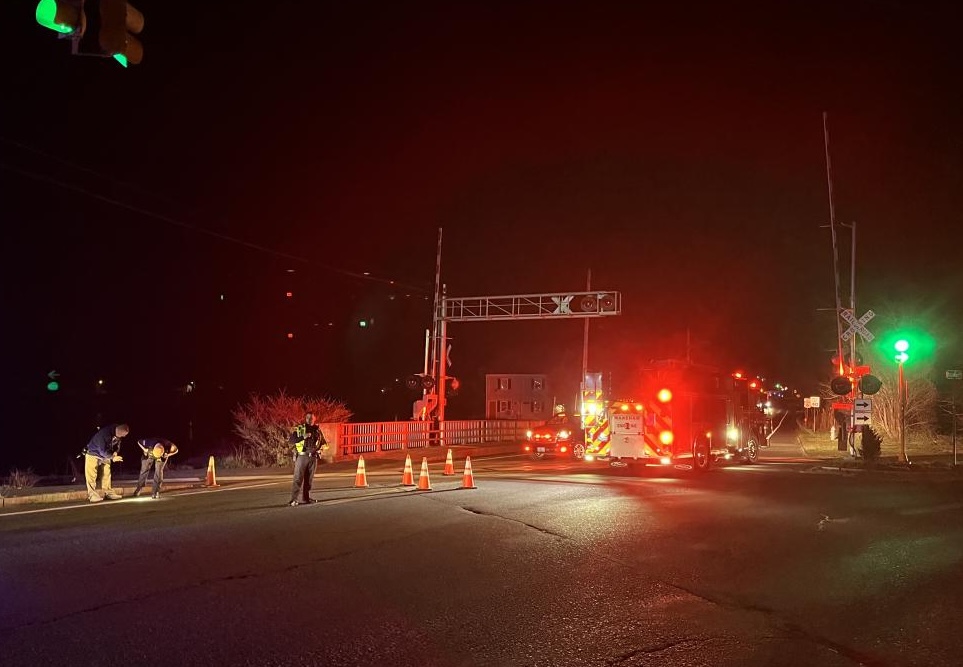A recent headline announced that Los Angeles Police are attempting to solve a Hit and Run that occurred in Canoga Park recently. All that is known is that a man in his 40s was struck and killed as he was crossing the street and the driver sped off. There are apparently no leads because there were no witnesses. But even if the Police can determine the driver of the vehicle, the District Attorney’s office will have to determine what charges to file. Even though the obvious charge would be a Hit and Run charge, the D.A. can file whatever charges are appropriate for the case, based on what facts they have.
I have had many vehicular injury and death cases. All follow the same basic prosecutorial thinking which is, how can this be charged to get the greatest penalty to the defendant? Obviously in any crime that involves a death, the prosecutor would like to charge murder – if the facts will support it. But in a vehicle-related death, this is difficult.
Let’s take the above facts of Hit and Run in the Canoga case above.
Let’s assume that the victim in the crash survived the initial impact. If so, then failing to stop and render aid might amount to murder. Murder requires malice aforethought and malice is typically shown by intent to kill. Since the pedestrian was in the middle of the street, however, there won’t be any evidence to suggest an intentional killing. Also, the crime of Hit and Run can’t be committed until after the collision. Even if there’s no evidence that the driver intended to strike the victim, driving away and leaving someone to die would qualify as implied malice under a “depraved heart” theory. Specifically, Pen. Code § 188(a)(2) allows for malice even if there is not intent to kill, if the circumstances of the killing show an “abandoned and malignant heart.” This could be done if, as stated above, there was some proof that the victim survived the initial impact and perhaps could have been saved.
Hit and Run is defined in Cal. Vehicle Code § 2001(b)(2) and carries up to 4 years in prison. In such a situation, it is unlikely that prosecutors would be satisfied in the potential prison sentence of this charge – or in the vehicular manslaughter charge, Veh. Code § 192(c)(1) which is only 6 years.
But let’s assume that all the prosecutor has is a body on the street and a pathologist who can give an opinion as to the manner of death. Remember, the driver fled and was not immediately apprehended. Therefore, no information about the driver is available. This will likely be enough for the pathologist to say he or she “can’t rule out” that the victim lived for some time after the collision, and might have been saved by immediate aid.
In such a situation, the prosecutor may also charge a Pen. Code § 245(a)(1) Assault with a Deadly Weapon (the car). Add to that, that the injury which resulted constituted Serious Bodily Injury (SBI) under the enhancement Pen. Code § 12022.7(a). This would add 3 years to the 4 years possible under the assault, for a total of 7 years with the added “benefit” of it’s being a “violent felony” under § 667.5, and a strike.
A strike offence limits the amount of “good time, work time” credits that can be accrued to 15% (instead of 50%) and makes any subsequent convictions carry longer sentences.
Adding charges to the complaint gives the jury more potential crimes to choose from after hearing the facts. This can cut both ways, however. I have gotten defendants acquitted of more serious charges due to simply having a lesser offense to convict on. I have also gotten complete acquittals due to the jury believing the defendant was overcharged to begin with.
I have also had one defendant elect to plead guilty to the assault with the enhancement, through a plea deal, simply to avoid going to trial for murder.


2 Responses